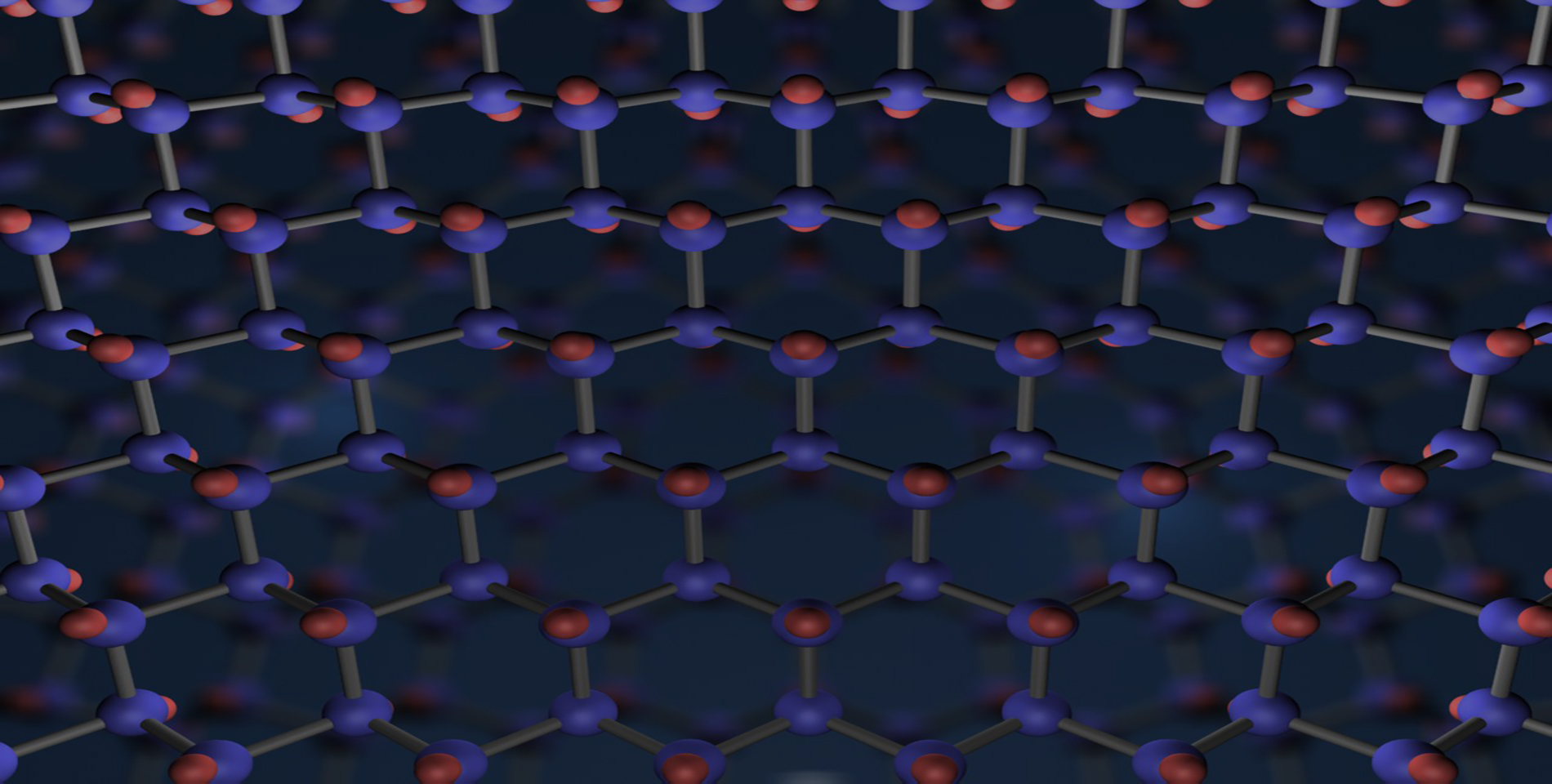Since PTOLEMY is the first proposed detector of relic neutrinos, the phenomenology of its physics reach is worth dedicated studies. Concerning the purely theoretical aspects related to the experiment, in the next years we plan to continue on the path already started with our recent publication (“Neutrino physics with the PTOLEMY project: active neutrino properties and the light sterile case”, already accepted for publication in JCAP [1]) and further analyse the physics reach of the experiment.
Concerning standard neutrino properties, more studies are necessary to investigate the possibility to simultaneously constrain the neutrino masses and their ordering with the first prototypes of PTOLEMY, which will employ much less than the ultimate target mass of 100 g of atomic tritium.
New analyses are also necessary in order to fully understand the possibility to distinguish the Dirac or Majorana nature of neutrino masses, which could only be extracted from a precise measurement of the event rate of neutrino capture. In order to distinguish the effect of the nature of the neutrino mass, which depends on the neutrino mass, from other effects which also affect the event rate only, such as the local density of relic neutrinos or the cross section of neutrino capture on tritium, refined analysis methods are necessary in order to be able to obtain useful information from the experimental results. The PTOLEMY sensitivity on these different observables as a function of exposure time, energy resolution and target mass will be studied in a future publication. Moreover, we will also test possible ways to use PTOLEMY to probe the existence of sterile neutrinos at the eV and keV scales using both the beta decay spectrum of tritium and the neutrino capture. In the latter case, the event rate strongly depends on the production mechanism of relic sterile neutrinos in the early universe, and will be studied in details.
Finally, we would like to remark that the process investigated in the PTOLEMY experiment involves three-nucleon systems, which can be accessed nowadays with ab-initio, essentially exact, theoretical calculations. Therefore, we plan to study within an ab-initio approach the polarized tritium beta decay and neutrino capture with two goals: (i) verify whether such a process is more sensitive to the neutrino mass and properties measurements than the un-polarized one; (ii) provide theoretical accurate predictions which can be compared with the future PTOLEMY experimental data. It must be noticed that, in the weak sector, the available experimental data involving few-nucleon systems are very few and, with some exceptions, usually quite poor.


